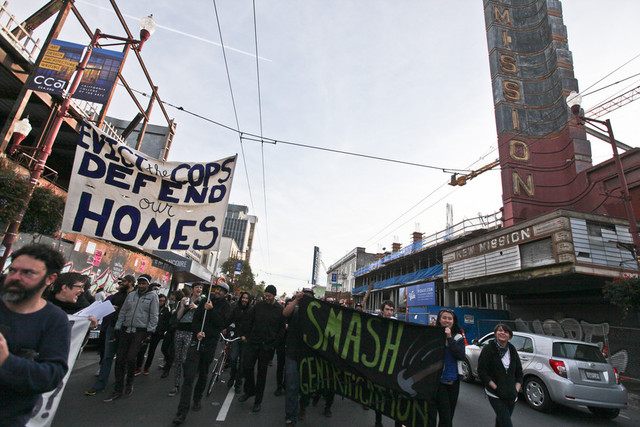A proposal to limit evictions in San Francisco, which would expand just-cause requirements to all rental units in the city, was approved by a Board of Supervisors committee on Monday.
Housing advocates said the measure goes further than a new state law, AB 1482, which requires landlords to give just cause, or a legitimate reason as defined by law, for evicting renters. AB 1482 applies only to housing built in the last 15 years.
San Francisco’s measure would apply to all rental units in the city — which number 35,000, including single room occupancies (or SROs) — regardless of when they were built. Today in San Francisco, only landlords with apartments built before 1979 must provide just cause for evicting tenants.
The measure limits the reasons for terminating a residential tenancy, offers more relocation funds and provides additional tenant protections. It’s the latest effort to limit evictions in the last few years amid a growing affordable housing crisis, Supervisor Matt Haney and housing advocates say.
“Now is the time to correct this inequity and treat all units the same. This legislation will provide protections that will ensure that nobody is under threat of an arbitrary eviction in San Francisco,” said Haney, who drafted the legislation. “This is something activists have been fighting for.”

